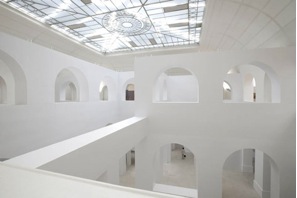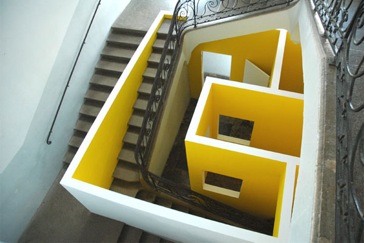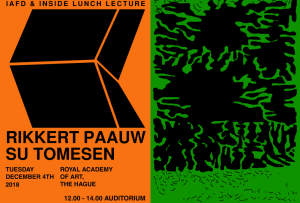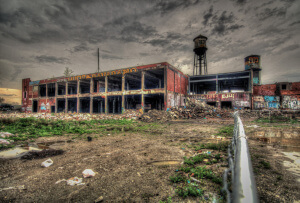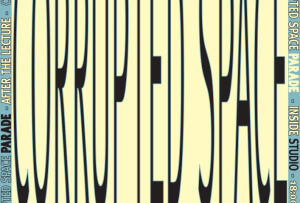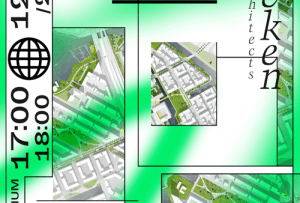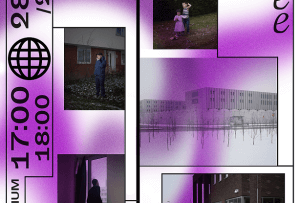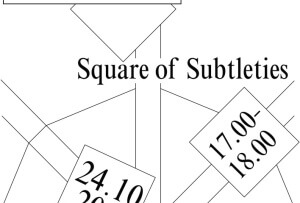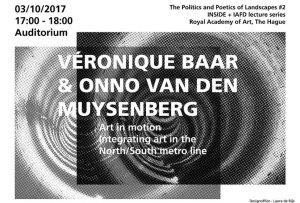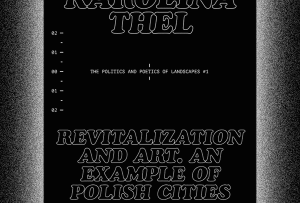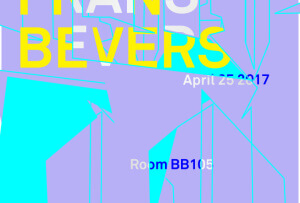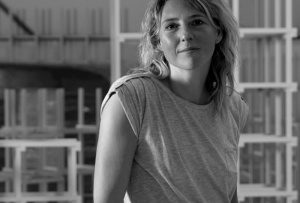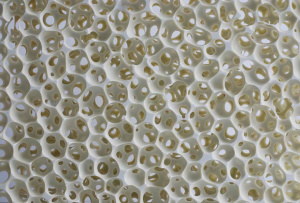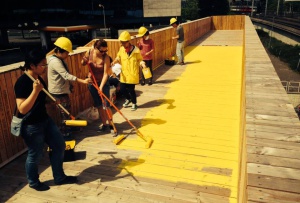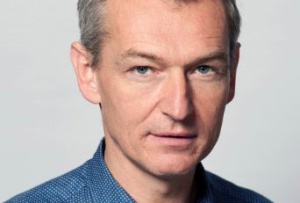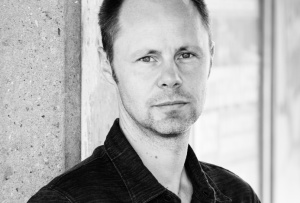Lecture by Krijn de Koning
Marieke Ladru
Dutch artist Krijn de Koning is known for his intricate site-specific installations. Last Tuesday the inspiring builder spoke to a room filled with interior architecture students about his art, motives and design process.
Architecture and space play an important role in his practice. A lot of his works can be described as rooms within rooms – always related to and conditioned by their material surroundings. These interventions create a different view and experience of the existing place. To Krijn its important that the viewer is not only visually involved with the work, but also physically. By adding passages or places to sit he creates attention to the structure of his pieces. It triggers the visitor to experience reality as it is, to be aware of his surroundings and movements through the space.
Most of his installations are temporal. For example the very complex structure he made for the Musée des Beaux-arts de Nantes (France). The work was supposed to be in the courtyard of the building. A charged, almost sacral space. All corridors in the building lead to this classical sanctuary, constructed to organize and draw attention. To create something in the centre would instigate too much credit or value, according to Krijn. So he decided to add something to disrupt these monumental surroundings and with that also the anticipations of the museum visitor. The result was a maze that changed at every corner: a web of corridors, spaces, windows and passages woven through the inside and outside of the building. In it he placed small sculptures. The visitor never knew what to expect. There was no centre, no point from where you could get an overview or from which you’d be able to consider the work as a whole. The installation was demolished after a month. Today there are only models, drawings and pictures left of the project.
The Nantes installation was completely white. However – Krijn as you can see in the pictures – often uses color. He employs color as a tool: a means to direct or block. Like his materials and finishing, these choices are based on intuition. During our diner conversation he told the students of the Inside program more about this process. One example he gave, came from the early days of his career, when he was a resident at de Ateliers in Amsterdam (an institute established by artists to stimulate the development of young and upcoming artists). Here he created a large sculpture built out of driftwood he collected from the streets. One of these pieces was an old cupboard door. Attached to it was a spare key. The previous owner probably taped it on the inside, so he or she wouldn’t lose it. Krijn used the piece of wood without further processing, exactly the way he had found it. Thus the key became a part of the sculpture. The artist didn’t expect that the key would become a focus point. However, to Krijn the key was not important, it was just there. But a lot of spectators saw it as the “key” to understanding the piece. In the end Krijn removed it. The story shows that as an artist you can’t fully control the way your work is perceived. The way we look at art is highly conditioned: people want to completely understand and theorize everything they see in an art piece, instead of sometimes just experiencing it. Krijn is not someone to overanalyse or theorize his works. As mentioned before, much of his practice is defined by intuition and pragmatics. He activates viewers to experience space and architecture in a different way. To question how we bestow value and meaning to what we see, whether it is an art piece by Mondriaan or a medieval kitchen.
Visiting tip: the ruins of the old “mini Walcheren” at the city park Molenwater in Middelburg

